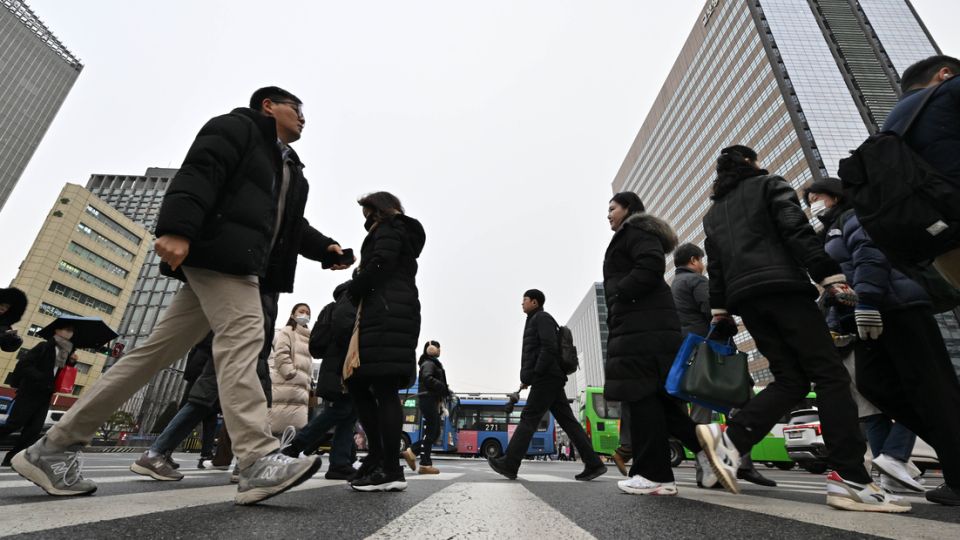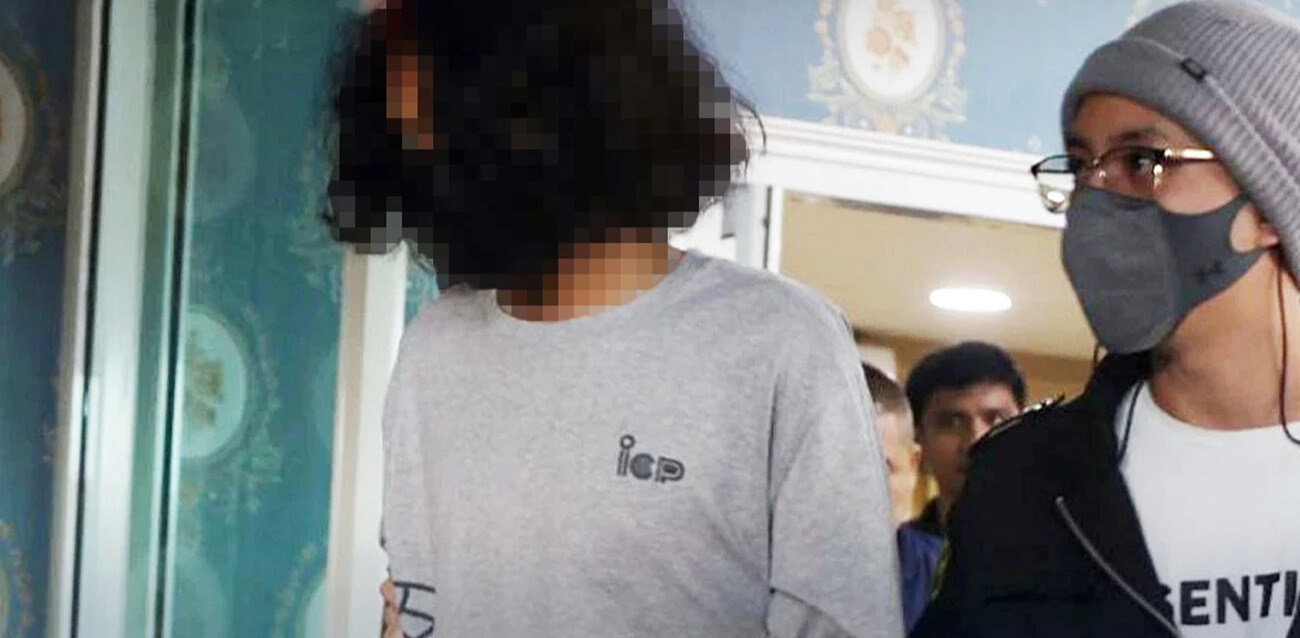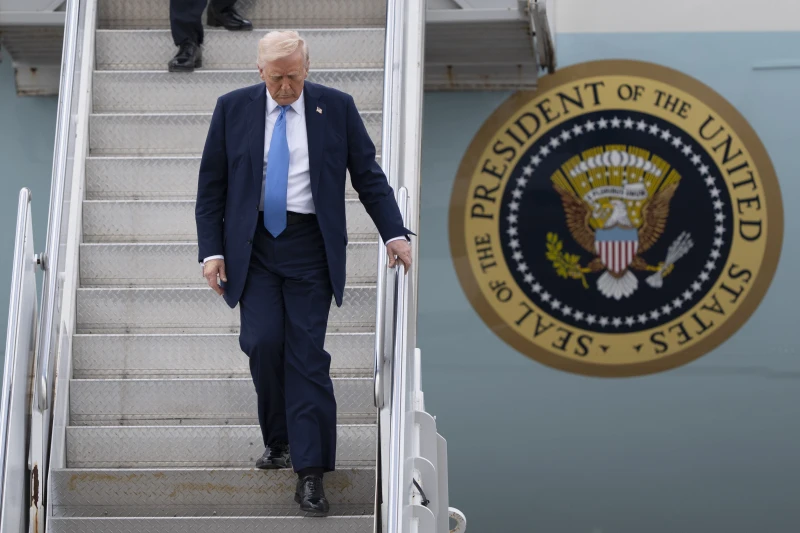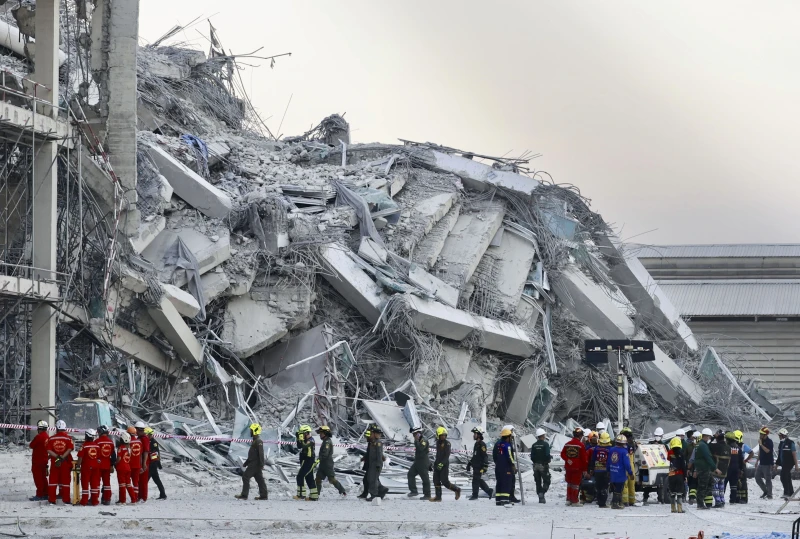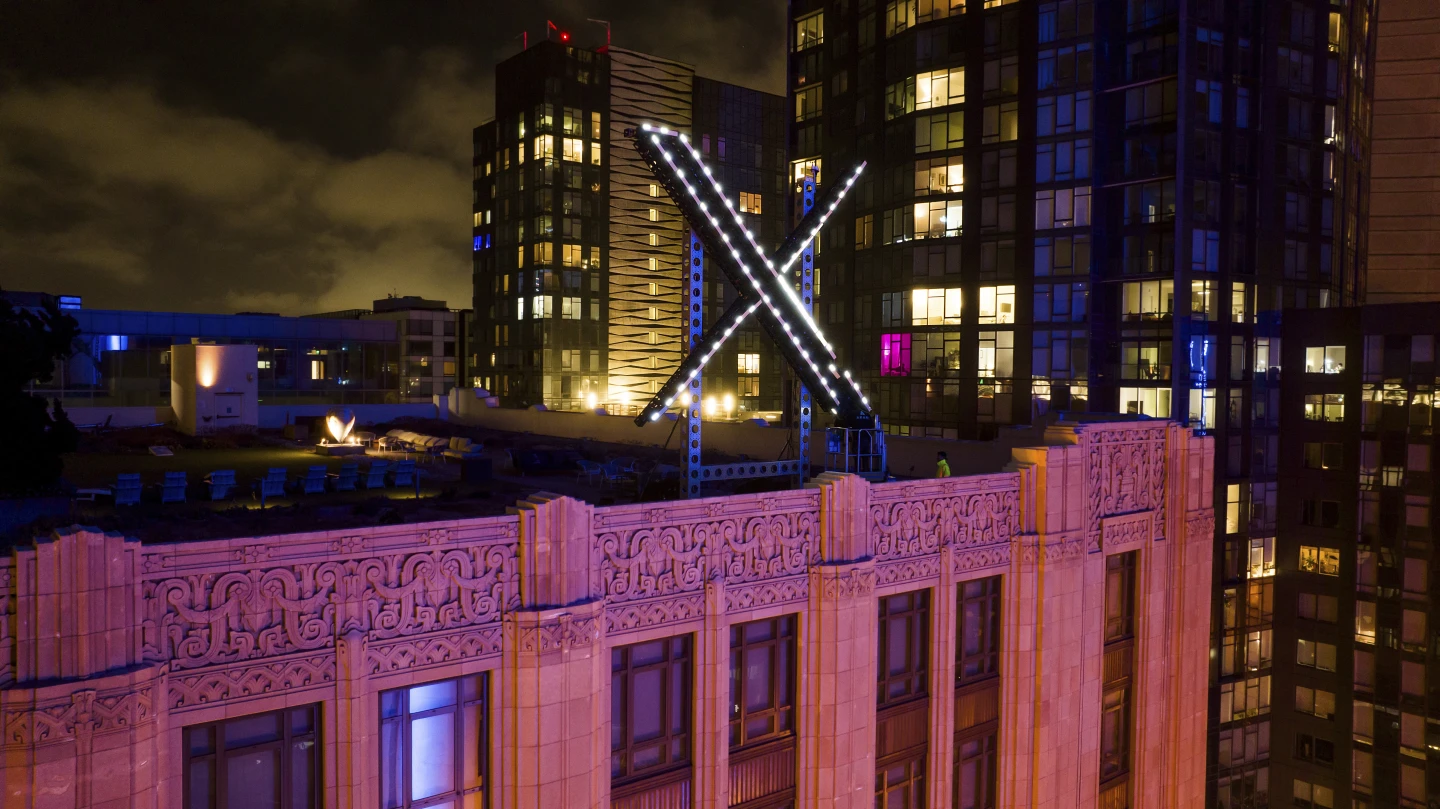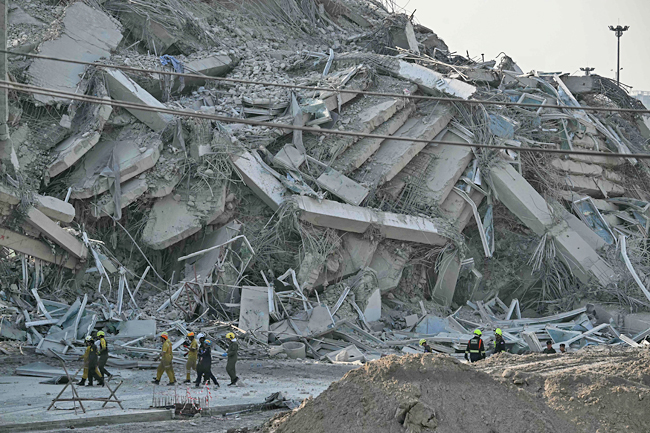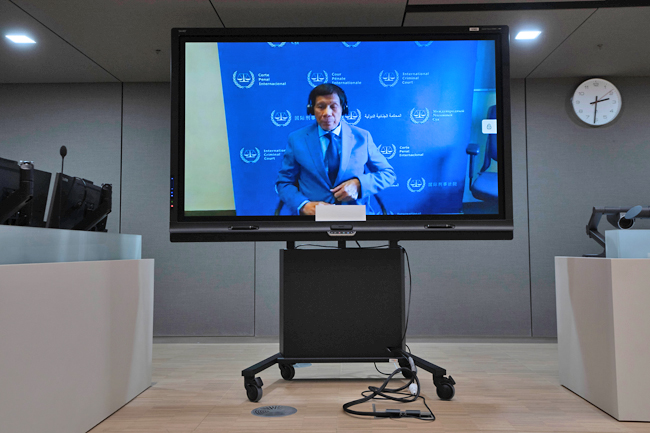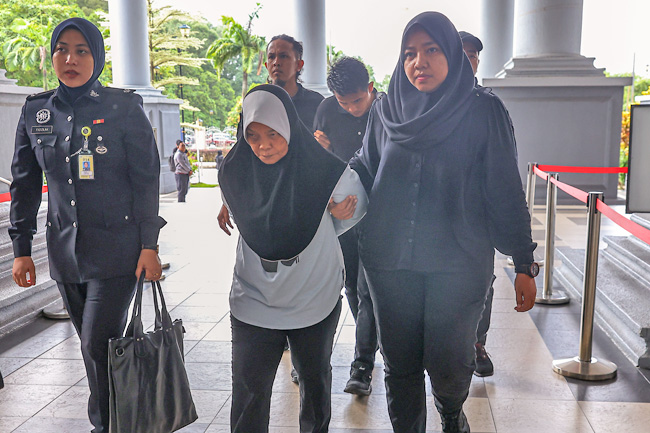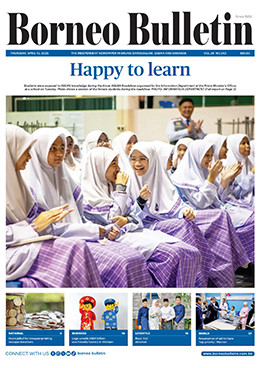AP – A large wildfire in the South Carolina mountains has doubled in size on each of the last three days. But fire crews have been able to keep the blaze away from structures.
Firefighters battling the Table Rock Mountain fire have concentrated on saving lives and property by digging fire breaks that push the blaze north through undeveloped land on the Pickens County ridges near the North Carolina state line, officials said Friday. No injuries have been reported.
Airplanes and helicopters have completed more than 550 water-dropping missions on the Table Rock fire and a second blaze on Persimmon Ridge about 8 miles (13 kilometres) away.
But for now it is mostly defensive in the Blue Ridge Mountains until the weather cooperates with a soaking rain or lessening winds, South Carolina Forester Scott Phillips said at a news conference Friday at Table Rock State Park.
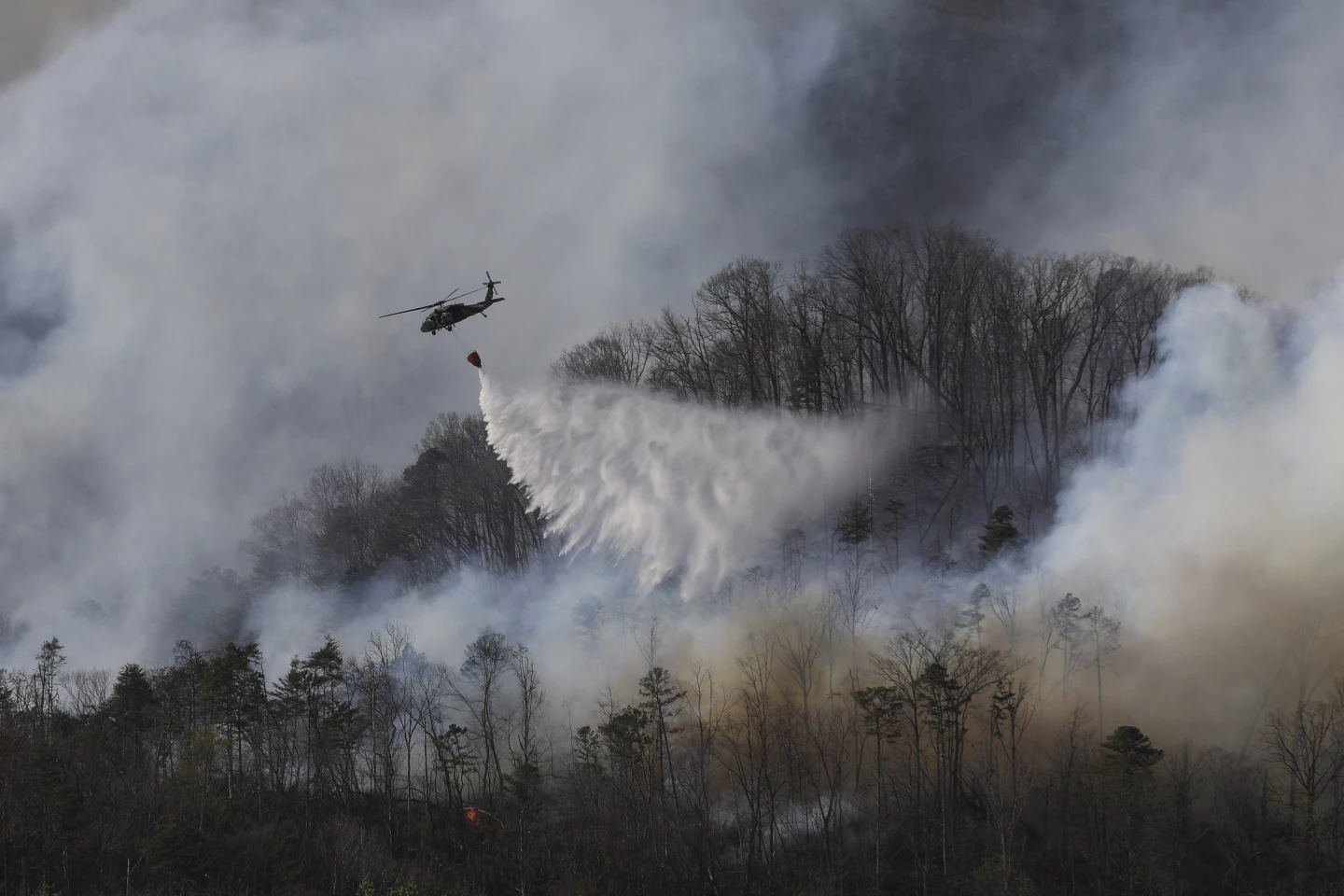
“With these fires and the conditions we are facing in the state right now — the dryness of the fuel, the extremely low humidity, the high winds that we’re having — containment is very, very difficult to achieve,” Phillips said.
The Table Rock and Persimmon Ridge fires have burned about 17 square miles (44 square kilometres). The Table Rock fire started a week ago and has been doubling in size since Tuesday as windy and dry conditions have spread through the mountains.
In North Carolina, at least eight fires were burning in the mountains. The largest — the Black Cove Fire and the Deep Woods Fire in Polk County — were becoming more contained. They have scorched about 10 square miles (26 square kilometres) combined but have barely grown late this week.
And while those fires have garnered the most attention, the wildfire season has been quite active due to a drought and Hurricane Helene six months prior,which knocked down millions of trees. The fallen trees act as fuel and hinder firefighters attempting to reach the flames.
“It will be a continuing issue for the next several years. It’s going to change the way we have to attack fires in the mountains of South Carolina,” Phillips said.
Firefighters helping the state Forestry Commission have fought 373 wildfires in South Carolina that have burned more than 28 square miles (73 square kilometres) just in March.
“That’s orders of magnitude more than we typically do within a month –- even more than we do in some years as far as the number of acres burned,” Phillips said.
April is typically the worst month for wildfires and long-term forecasts don’t show conditions changing much.
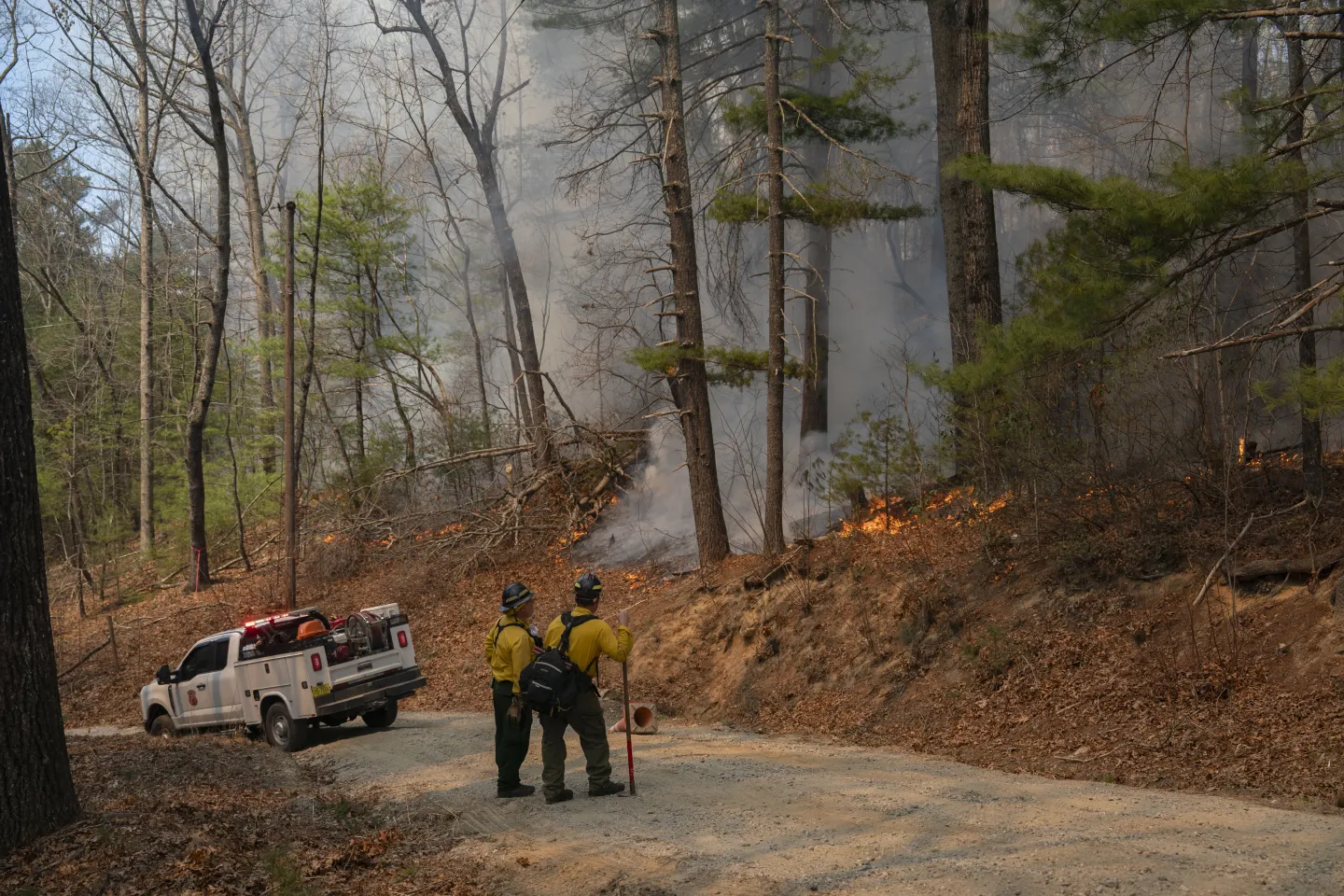
A ban on outdoor burning has been in place for more than a week in South Carolina. Officials have not provided any information on when they will lift it.
Gov. Henry McMaster reminded people that violating the burn ban could result in imprisonment, and starting a fire even through negligence could leave someone on the hook for everything damaged.
“You go out and start a fire and you burn your neighbor’s house down –- you owe them a house,” McMaster said.
Weather forecasts for the weekend have encouraging news. Calm winds are expected overnight, with rain anticipated on Sunday and Monday, although the National Weather Service is not predicting the kind of soaking firefighters want.
“We’re going to get it out,” McMaster said of the fires. “We’re hoping we are going to have some rain, have some help. Everybody put that in your prayers.”

